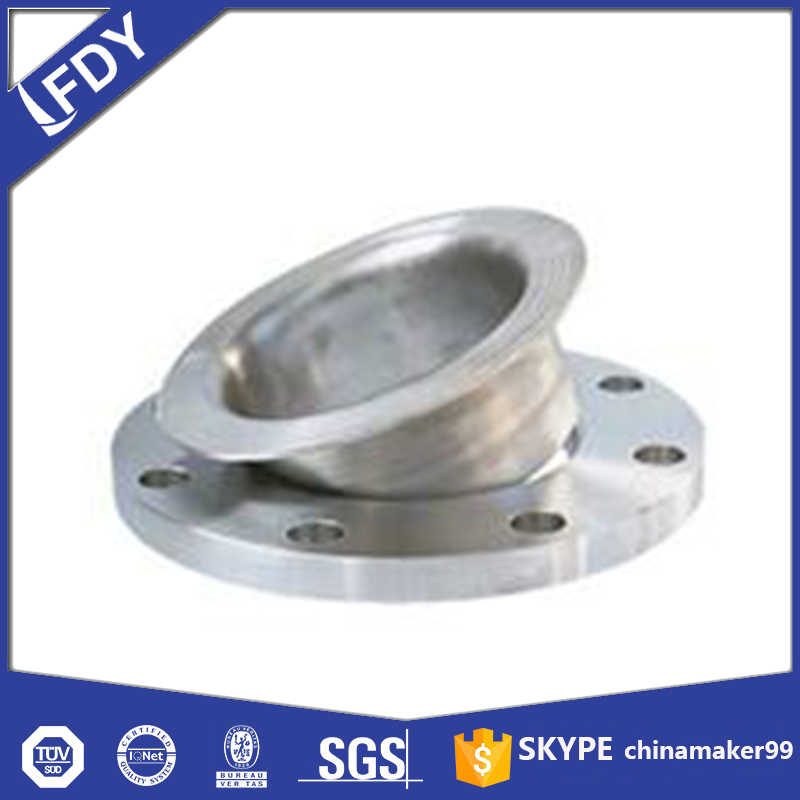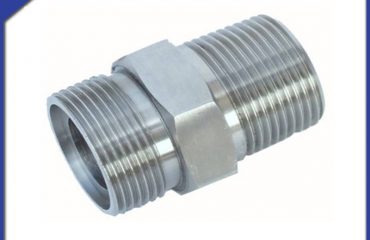
Stainless steel flanges come in a range of types, each designed to meet specific needs. Weld neck flanges, with their tapered hub and strong weld connection, are a go – to choice for high – pressure and high – temperature settings. They minimize turbulence, allowing fluids to flow with less resistance, which is crucial in processes where maintaining consistent pressure is key.
Slip – on flanges offer ease of installation. Slipped over the pipe end and welded on both sides, they are a practical option for low – pressure applications. Their simplicity makes them a common pick in setups where quick assembly is a priority.
Socket – weld flanges are ideal for smaller pipe sizes. Their socket design, where the pipe is inserted and welded, works well in tight spaces, such as in intricate instrumentation systems.
Blind flanges act as reliable seals, closing off pipe ends to isolate sections of a system. This is essential during maintenance or when a pipeline needs to be temporarily or permanently terminated.
Lap – joint flanges, consisting of a stub end and a rotating loose flange, simplify alignment during installation. This feature is particularly useful in environments where frequent disassembly for cleaning or repairs is necessary.
The materials used in stainless steel flanges contribute significantly to their performance. Grade 304, with its 18% chromium and 8% nickel composition, provides good general corrosion resistance. It’s widely used in settings where exposure to mild corrosives is common, like in food processing where cleanliness and resistance to food acids matter.
Grade 316, enhanced with molybdenum, excels in resisting pitting and crevice corrosion, especially in chloride – rich environments. This makes it a preferred material in marine applications and chemical processing plants where harsh substances are handled.
Grade 321, containing titanium, is stable against intergranular corrosion at high temperatures. It finds its place in heat exchangers and other high – temperature systems, maintaining integrity under extreme heat.
904L, a super austenitic stainless steel, offers exceptional resistance to strong reducing acids. It’s employed in highly corrosive industrial processes where durability is non – negotiable.
The advantages of stainless steel flanges are clear. Their corrosion resistance ensures longevity, reducing the need for frequent replacements. This translates to cost savings over time, as maintenance and downtime are minimized.
High strength is another key benefit. They can withstand significant pressure and mechanical stress, making them suitable for demanding industrial environments where system failure is not an option.
In industries like food and pharmaceuticals, hygiene is paramount. The smooth surface of stainless steel flanges is easy to clean, preventing the buildup of contaminants and ensuring compliance with strict safety standards.
Versatility is also a strong suit. With various types and materials available, there’s a stainless steel flange to fit almost any application, from low – pressure water systems to high – temperature industrial processes.
Stainless steel flanges find applications across a broad spectrum. In the oil and gas industry, they connect pipelines that transport crude oil and refined products, enduring high pressures and corrosive substances. In chemical plants, they play a role in safely moving chemicals through the production process.
The food and beverage sector relies on them to maintain clean and efficient piping for ingredients and finished products. Power generation facilities use them in steam and water systems, where they must stand up to high temperatures and pressures.
 Language
Language Espanol
Espanol English
English Italian
Italian عربى
عربى
 Skype: chinamaker99
Skype: chinamaker99  Tel: 86-316-5120812
Tel: 86-316-5120812  Email:
Email:  Whatsapp:
Whatsapp: 